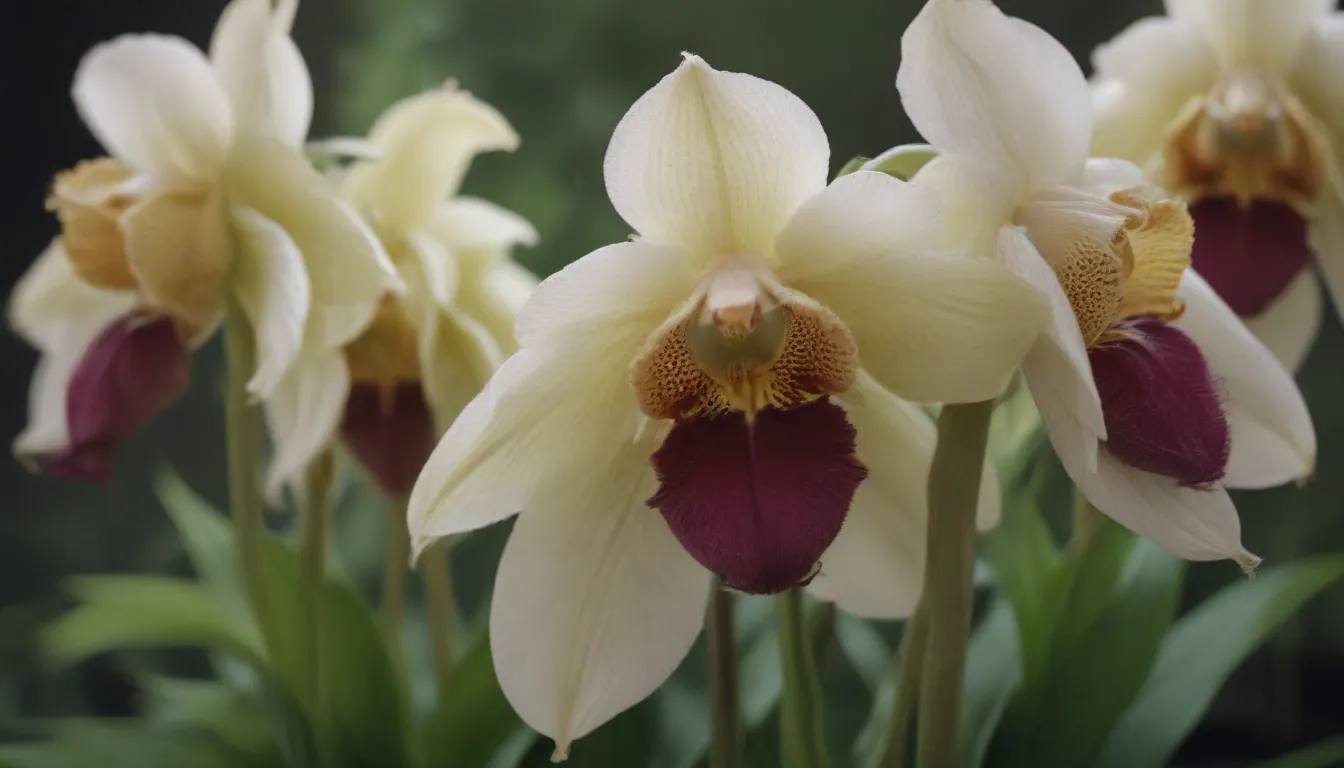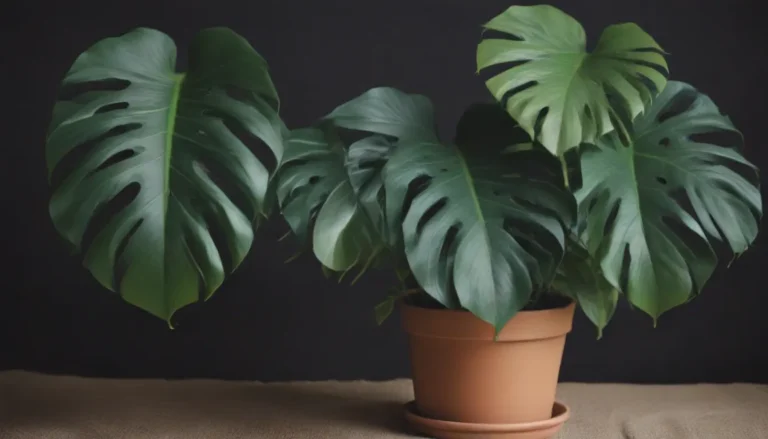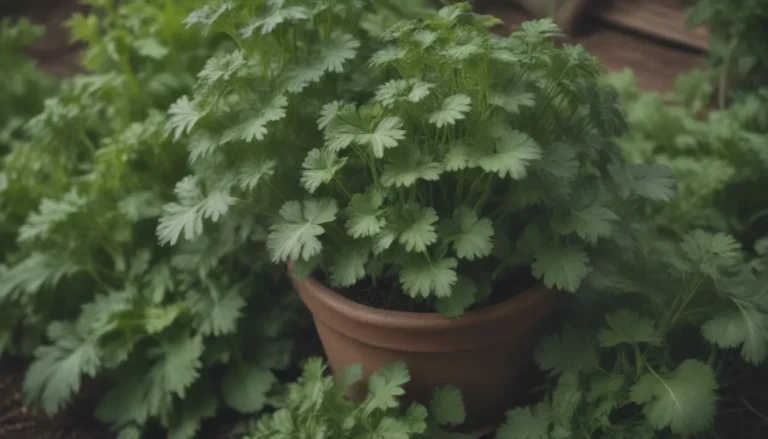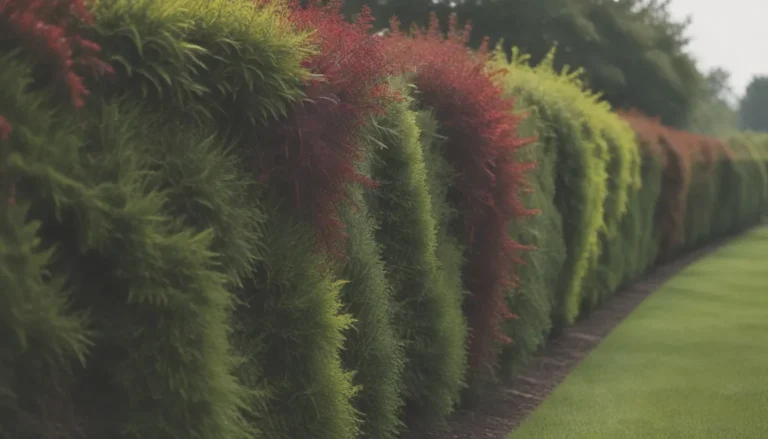Ultimate Guide: Growing and Caring for Lady Slipper Orchids (Cypripedium)

Lady Slipper orchids, also known as Cypripedium, are a fascinating and unique addition to any orchid collection. With their unusual shapes and vibrant color patterns, these orchids are a favorite among plant enthusiasts. However, many species of lady slipper orchids are rare, at risk, or endangered due to overharvesting and habitat destruction. In this ultimate guide, we will explore everything you need to know to successfully grow and care for these beautiful plants.
Lady Slipper Orchid Overview
Lady slipper orchids belong to the Cypripedium genus, which is the most primitive type of orchids found today. These terrestrial orchids are typically found in temperate zones around the globe and are characterized by their pouched lip that resembles a slipper or moccasin. The genus includes a variety of species, each with its own unique characteristics and growing requirements.
Types of Lady Slipper Orchids:
- Cypripedium acaule (pink lady slipper)
- Cypripedium calceolus (yellow lady slipper)
- Cypripedium parviflorum pubescens (greater yellow lady slipper)
- Cypripedium reginae (showy lady’s slipper)
- Cypripedium candidum (white lady’s slipper)
Lady Slipper Orchid Care
Lady slipper orchids are sympodial plants, meaning they have multiple growing points along a horizontal stem. While most lady slipper orchids do not grow tall, some exceptions exist. Understanding the specific growing conditions of your orchid is crucial for providing the best care possible. Here are some key care tips for lady slipper orchids:
Light:
- Lady slipper orchids are low-light plants that thrive in shade.
- Place them in an east-facing or shaded south-facing window, or use fluorescent lighting.
- Outdoor varieties may prefer full sun in the morning with afternoon shade or dappled sun throughout the day.
Soil:
- Use a potting mix that includes shredded osmunda bark, medium-grade fir bark, or crushed dried oak leaves.
- Avoid packing the mix too tightly to allow for proper drainage.
Water:
- Lady slipper orchids have pseudobulbs for storing water and nutrients, allowing them to go longer between waterings.
- Water your orchid twice a week, using chemically untreated water.
- Keep the potting medium moist but not soggy, adjusting based on the variety’s specific moisture requirements.
Temperature:
- Maintain daytime temperatures between 75 and 85 degrees F for mottled leaf types and 75 to 80 degrees F for green leaf types.
- Nighttime temperatures should range from 50 to 65 degrees F for optimal growth.
- Humidity levels of 40 to 50 percent are ideal, maintained by placing the pot on a tray of gravel with water (avoiding direct contact).
Fertilizer:
- Lady slipper orchids are sensitive to fertilizer and should be fed with a high-nitrogen solution like 30-10-10 once every two weeks.
- Flush the orchid with clear water monthly to remove harmful salts.
Propagating Lady Slipper Orchids
Lady slipper orchids reproduce in various ways, including dispersing tiny seeds, spreading through rhizomes, and forming keikis. While seed germination and division may take several years, propagating through keikis can be a more accessible method for home growers. Here’s how to propagate your lady slipper orchid using keikis:
- Gather a small pot, planting medium, fungicide, and a sharp sterile cutting tool.
- Carefully remove the keiki from the parent plant, ensuring it has its roots and stem intact.
- Plant the keiki in the pot with the planting medium, ensuring proper drainage and humidity levels.
- Keep the newly propagated plant in a warm, humid environment with indirect light to promote growth.
Pruning and Repotting Lady Slipper Orchids
Pruning lady slipper orchids is rarely necessary but can be done after blooming to remove dead or diseased parts. Repotting your orchid every year or two, using a pot with good drainage, can help ensure its long-term health and growth. Remember to replace the potting mix and check for any signs of root rot during repotting.
Common Pests and Diseases
Lady slipper orchids are susceptible to mealybugs and botrytis petal blight, among other pests and diseases. Regularly inspect your orchids for signs of infestation or disease and take appropriate measures to control them. Isopropyl alcohol can be used to treat mealybugs, while maintaining proper humidity levels can help prevent petal blight.
Troubleshooting Common Problems
Some common issues with lady slipper orchids, such as yellowing leaves, dry leaf tips, or stunted growth, can be attributed to improper care practices. Ensure your orchid receives the correct light exposure, temperature, and watering to promote healthy growth and blooming. If you encounter any problems, adjust your care routine accordingly.
How to Get Lady Slipper Orchids to Bloom
Lady slipper orchids typically bloom once a year, producing gorgeous flowers that can last for months. To encourage blooming, provide your orchid with a slightly higher phosphorous fertilizer as the bloom period approaches. Keep the plant in total darkness at night and maintain a consistent care routine to ensure successful flowering.
In conclusion, lady slipper orchids are stunning plants with unique characteristics and growing requirements. By following the care tips outlined in this guide, you can successfully grow and care for these rare and beautiful orchids in your own home. Remember to provide the right light, soil, water, temperature, and fertilizer to support healthy growth and blooming. Happy growing!





